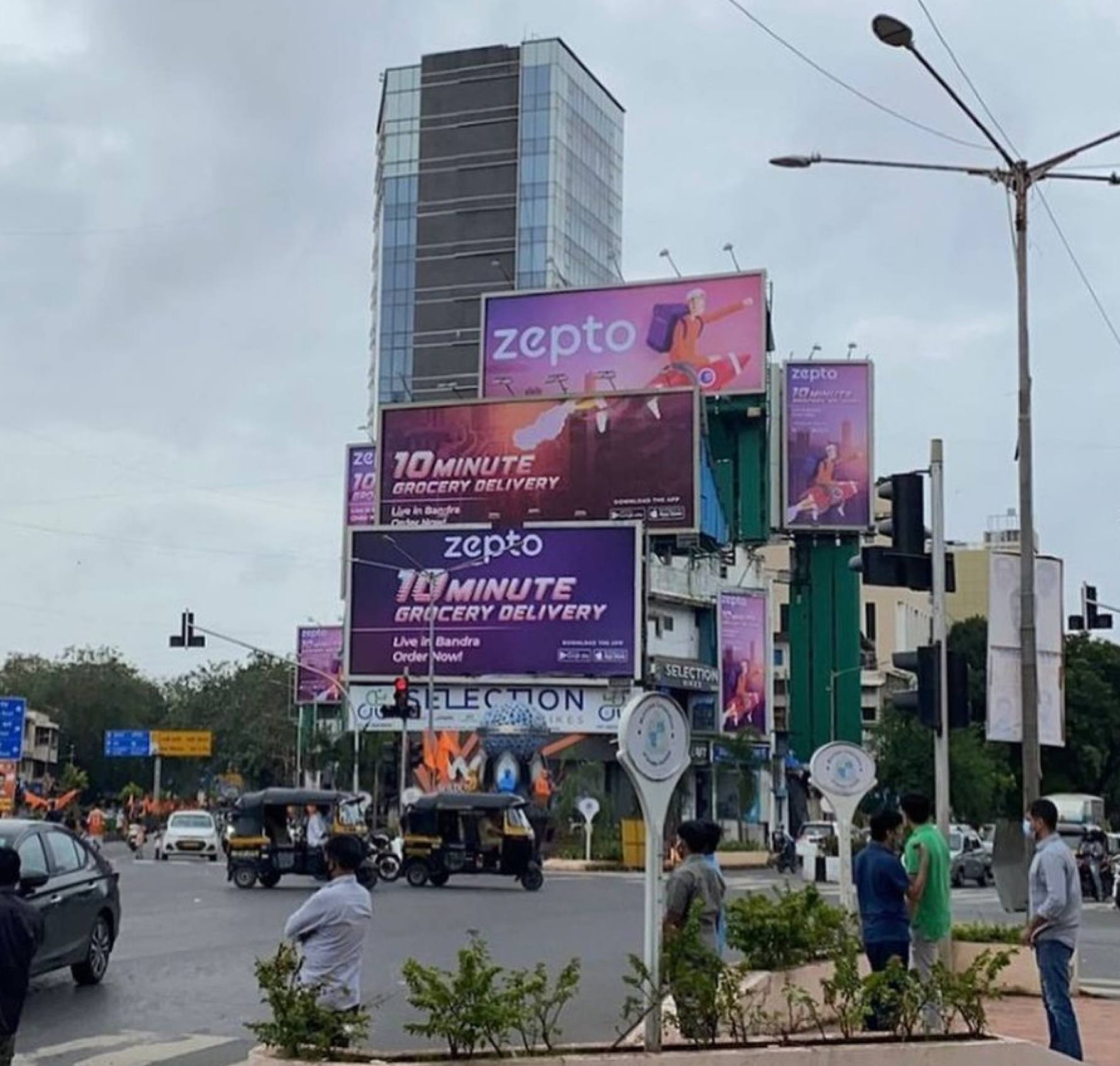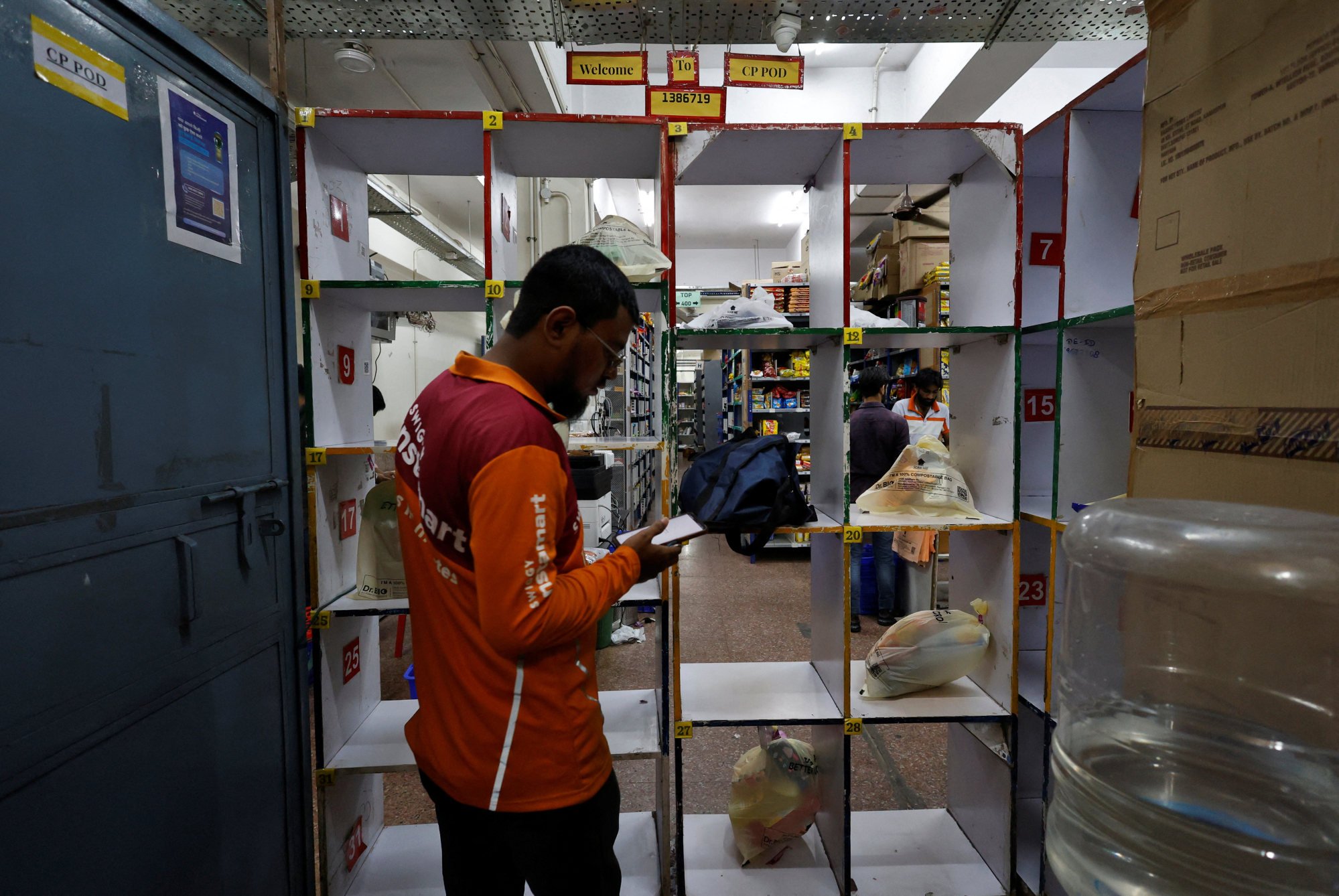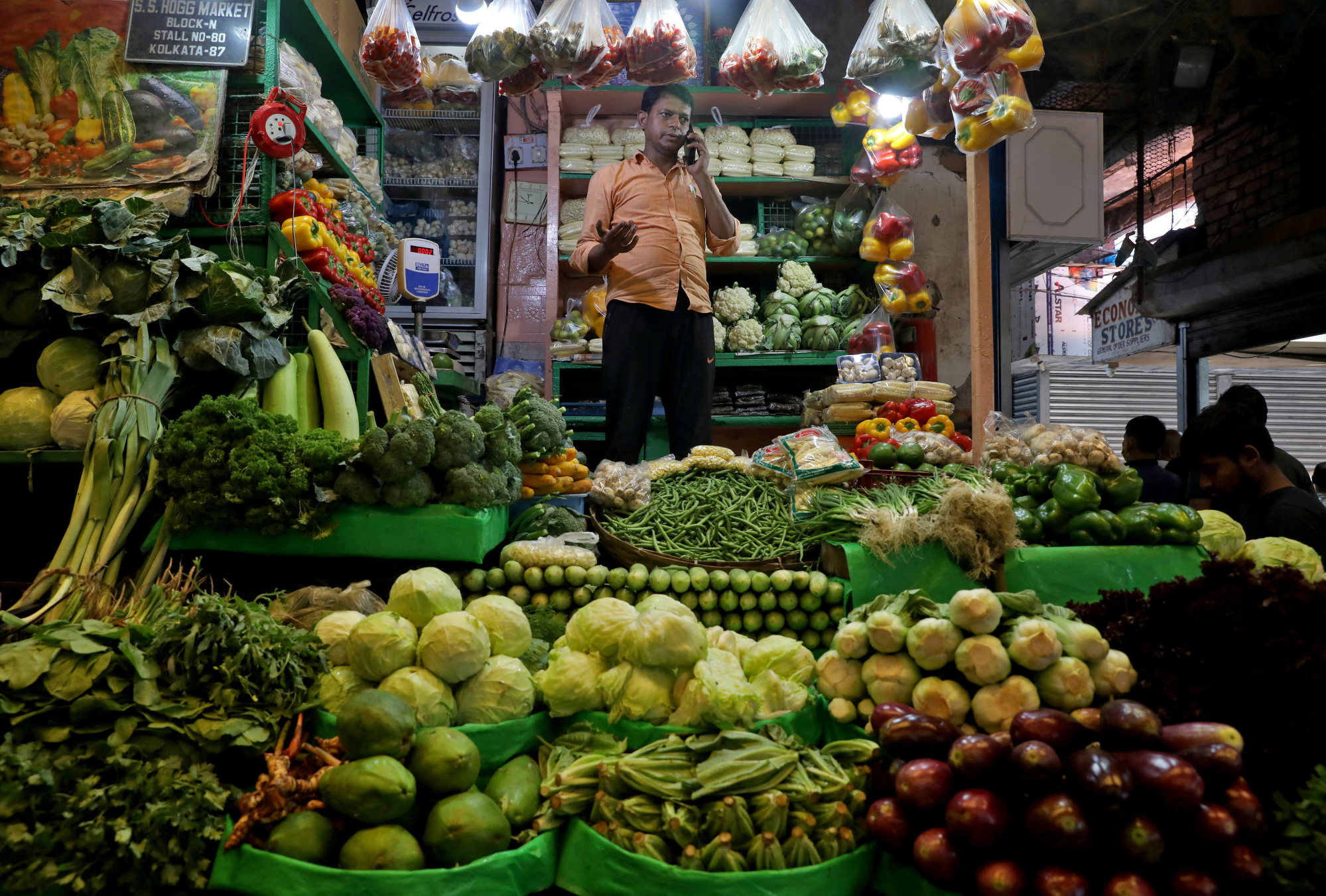“I know Amazon Fresh delivers in about two hours but Blinkit’s [delivery in] 10 minutes is just amazing,” said Advani, a dentist and mother of two. “I don’t have to plan meals ahead or be super-organised. If I’m missing an ingredient, it will be there in minutes. It reduces my stress.”
While some industry players were initially sceptical about the new delivery model, consumers have welcomed the apps for their ease of use and convenience.
There is no minimum spend – a customer can, for instance, buy a single avocado and have it delivered to the doorstep – and with other advantages such as discounts for big orders and more choice, these apps are poised to upset the apple cart of traditional retail businesses.
One of the pioneers of the so-called quick-commerce industry in India is Swiggy, which began as a food delivery aggregator and later launched Instamart in 2020.
The company said it has seen more older people using the app in the past year or two – with many doing a large part of their grocery shopping through it, not just last-minute purchases.
Instamart, Blinkit and Zepto, another delivery service, have expanded beyond groceries into other categories such as electronic appliances, toys, personal care, stationery, cleaning supplies and kitchenware.

The online shopping revolution has created thousands of delivery workers who zip around major Indian cities in little electric scooters, many produced by manufacturer Yulu, to make deliveries.
Instamart worker Alok* said he would typically spend about 14 to 15 hours on the road and earn around 30,000 rupees (US$360) per month.
“But what I like is the flexibility. If I am OK with working fewer hours and earning less, it’s up to me. There’s no pressure.”
For Blinkit worker Davinder*, however, the constant pressure to deliver to customers on time can become wearing.
“Sometimes, because of the traffic or an incorrect address, I’m a few minutes late and customers get angry. Why can’t they wait? Is popcorn a life and death matter?”
Nowhere else in the world can you order something for say US$5 and get it for just slightly over US$5 at your doorstep in minutes
Arvind Singhal, chairman and managing director of Technopak consultancy, called the quick commerce model “revolutionary”.
It combines available cheap labour, advanced analytics and the high population density of major Indian cities to let consumers shop for goods stored in warehouses within a 3km radius.
“They use advanced analytics to predict buying patterns to keep inventories lean. They know if more orders are likely to come at a certain time of day and what a consumer’s buying habits are,” Singhal said.
AI is used to plan the best routes for delivery riders and optimise their deployment, with apps such as Instamart and Blinkit able to tap manpower from specialised labour supply companies, he added.

“Nowhere else in the world can you order something for say US$5 and get it for just slightly over US$5 at your doorstep in minutes.”
It is India’s unique market conditions that have enabled the business model to take off, Singhal said, and demand for instant delivery services is only expected to increase.
India’s e-commerce market is set to grow from US$70 billion in 2022 to US$300 billion by 2030, according to professional services firm Deloitte India.
The number of online shoppers in the country is also projected to grow, from 250 million in 2023 to about 500 million to 600 million by 2030, according to Invest India, the country’s investment promotion agency.

Singhal forecast that India’s estimated 11 million small shopkeepers would see sales decline with the advent of instant delivery services.
Ashish Verma, owner of grocer Verma Stores in South Delhi’s New Friends Colony, said his business had already been hit by the apps.
“We survived Amazon only to face another challenge,” he said.
“I can’t compete with the instant delivery apps on price. While I buy just enough goods to supply my neighbourhood, they buy vast volumes for the entire city so suppliers offer them lower prices.”
*Names changed at interviewees’ request

